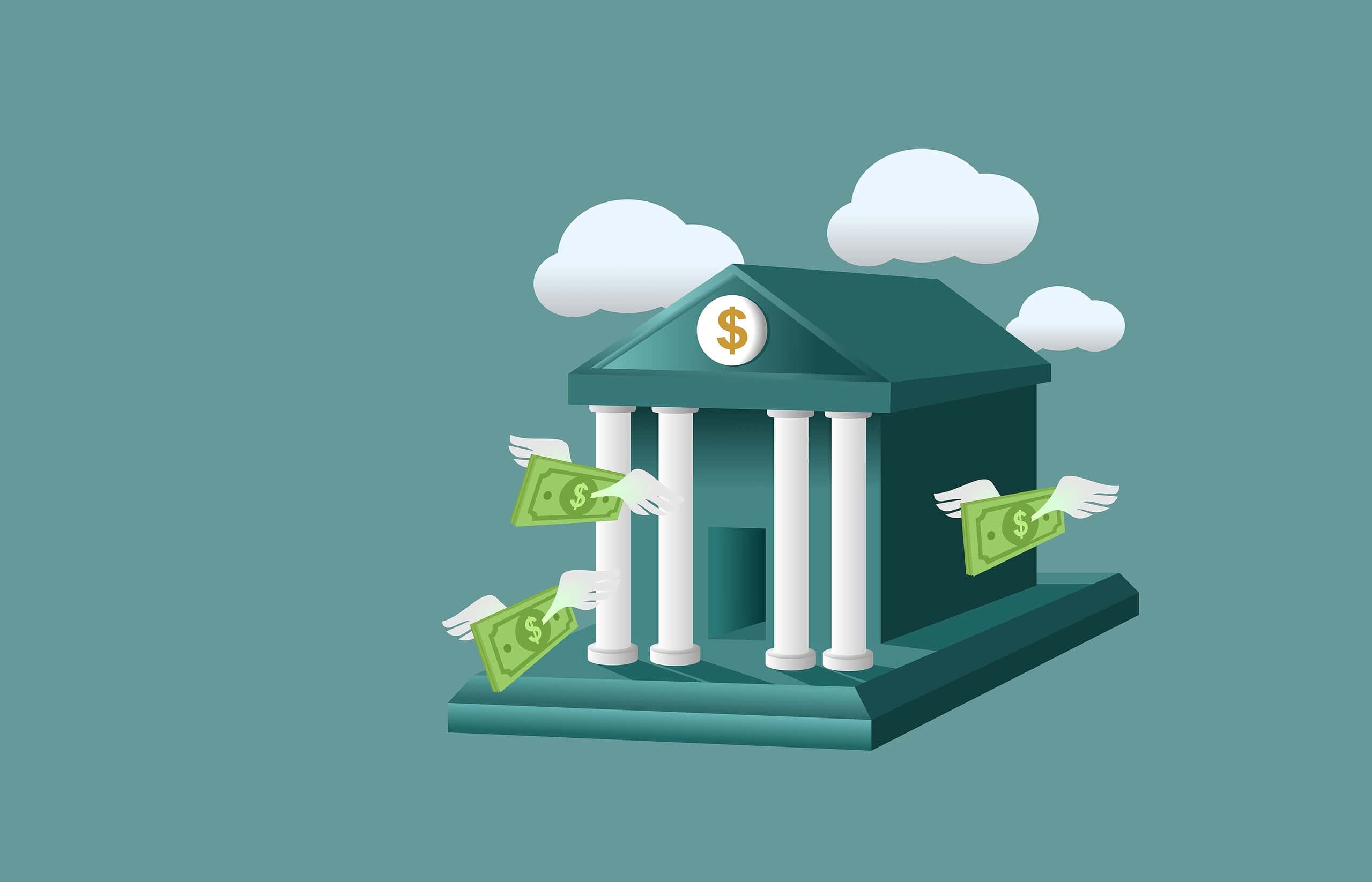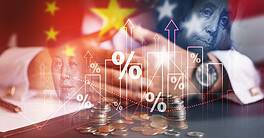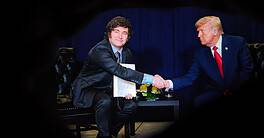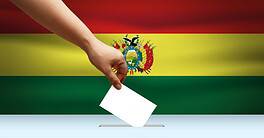Inflation risks loom in 2026, and central banks have yet to agree on how to respond. Global Finance reveals the 2025 Central Banker Report Cards in North America.
CANADA | Tiff Macklem: B+
The Bank of Canada’s (BoC’s) once-predictable monetary policy stance has become less certain over the past 12 months. Governor Tiff Macklem has led an aggressive interest rate-cutting cycle, reducing the overnight rate seven consecutive times from April 2024 to March 2025, bringing it down to 2.75%.That pattern was paused in April and June, however, citing in its policy announcements, that the country had reached a “neutral” interest rate level. By September, the policy had changed, and the BoC cut interest rates 25 bps, to 2.5%.
While the bank continues to stress maintaining core inflation above its 2% target, many analysts argue that the economic outlook has weakened significantly. Canada’s economy, heavily reliant on trade with the US, is already feeling the strain from the Trump administration’s tariffs, both implemented and threatened. Employment data have started to show signs of deterioration and GDP growth for 2025 is expected to fall below 2%.
“Macklem has given us a lot of mixed messages,” says Stephen Brown, deputy chief North America economist at Capital Economics. “They’ve emphasized that core inflation has remained above-target in recent months, but at the same time they seem unwilling to believe that tariffs are a one-off price change and that the weak economy will drive inflation back down again. They seem afraid of repeating the inflationary surge seen during the pandemic. But the situation is different now; the Canadian economy is weak, whereas during the pandemic there was broad global recovery and massive US stimulus that caused high inflation to become self-sustaining.”
Canada’s unemployment rate rose to 7% in May, its third consecutive monthly increase and the highest level since September 2016, excluding the pandemic years.
“My criticism would be that they’ve become a little too reactive to incoming data, instead of showing confidence in their judgment about broader economic trends,” Brown adds.
Complicating matters further are the escalating trade tensions. The US has imposed a 25% tariff on cars assembled in Canada along with a 10% tariff on Canadian energy resources and critical minerals. In response, Ottawa has introduced its own 25% tariffs on a range of US products, including steel, aluminum, and various consumer goods. Ongoing negotiations continue to create uncertainty around trade policy and economic forecasting.
UNITED STATES | Jerome Hayden Powell: A+
At the start of July, during a European Central Bank forum in Sintra, Portugal, Federal Reserve Chair Jerome Powell received a round of applause from his peers after responding to personal attacks from President Donald Trump by saying he was focused on doing his job.
Since Trump’s re-election last November, Powell has faced repeated public criticism over monetary policy that the president deems too tight. Trump, who originally appointed Powell, has even threatened to remove him before the end of his term in May 2026.
“I’m very focused on just doing my job,” Powell said in July. “The things that matter are using our tools to achieve the goals Congress has given us: maximum employment, price stability, financial stability.
That’s what we focus on, 100%.” Over the past year, the Fed has shifted from raising interest rates to holding them steady and, more recently, to cutting them. In September of last year, it made a sharp pivot with a 50-basis-point cut, signaling a new direction. After holding the overnight federal funds rate at 4.25% to 4.5% for several months, it dropped the benchmark rate to 4% to 4.25% in September, with more cuts expected this year.
“They’re getting a lot of pushback from the Trump administration, which argues the Fed is fighting the last war,” says Stephen Brown, deputy chief North America economist at Capital Economics. “But that’s not fair. Inflation hasn’t returned to 2% and the economy is still strong. Interest rates are clearly not overly restrictive. I think Powell is playing his hand well as he faces what could be a tricky 10 months before his term ends.”
The Fed is currently in a “wait-and-see” mode, Brown says, closely watching economic data and the effects of Trump’s new tariffs before making further moves: a stance that has drawn the president’s ire.
Investors see another potential rate cut, possibly by the end of 2025. “There is a risk they’ll fall behind the curve,” Brown warns, “but there’s a lot of uncertainty with trade policy. These tariffs are unprecedented in modern times, and even if we knew exactly what they would be, we wouldn’t know how they’d impact the economy. The Fed seems willing to risk being slightly behind the curve on cuts if it helps avoid being far behind should inflation spike again.”
The hawkish tone that Powell’s Fed has adopted in response to tariff uncertainty is appropriate given that it has largely secured a soft landing for the economy, argues Conor Beakey, head of Latin America Country Risk at BMI. Data have generally continued to support the central bank’s cautious approach, he adds.
“The Fed’s willingness to stick to its guns is to be commended,” says Beakey, “with Powell having little choice but to pivot from a ‘data-dependent’ to a ‘forecast-contingent’ approach to setting policy in the face of repeated supply-side shocks.”
Meanwhile, the Fed is conducting its regular five-year review of its monetary policy framework, including evaluating its strategy, tools, and communication methods to ensure they remain effective in achieving its dual mandate of maximum employment and price stability. The current review incorporates lessons from the pandemic and subsequent supply chain disruptions and includes public feedback through events and conferences.




